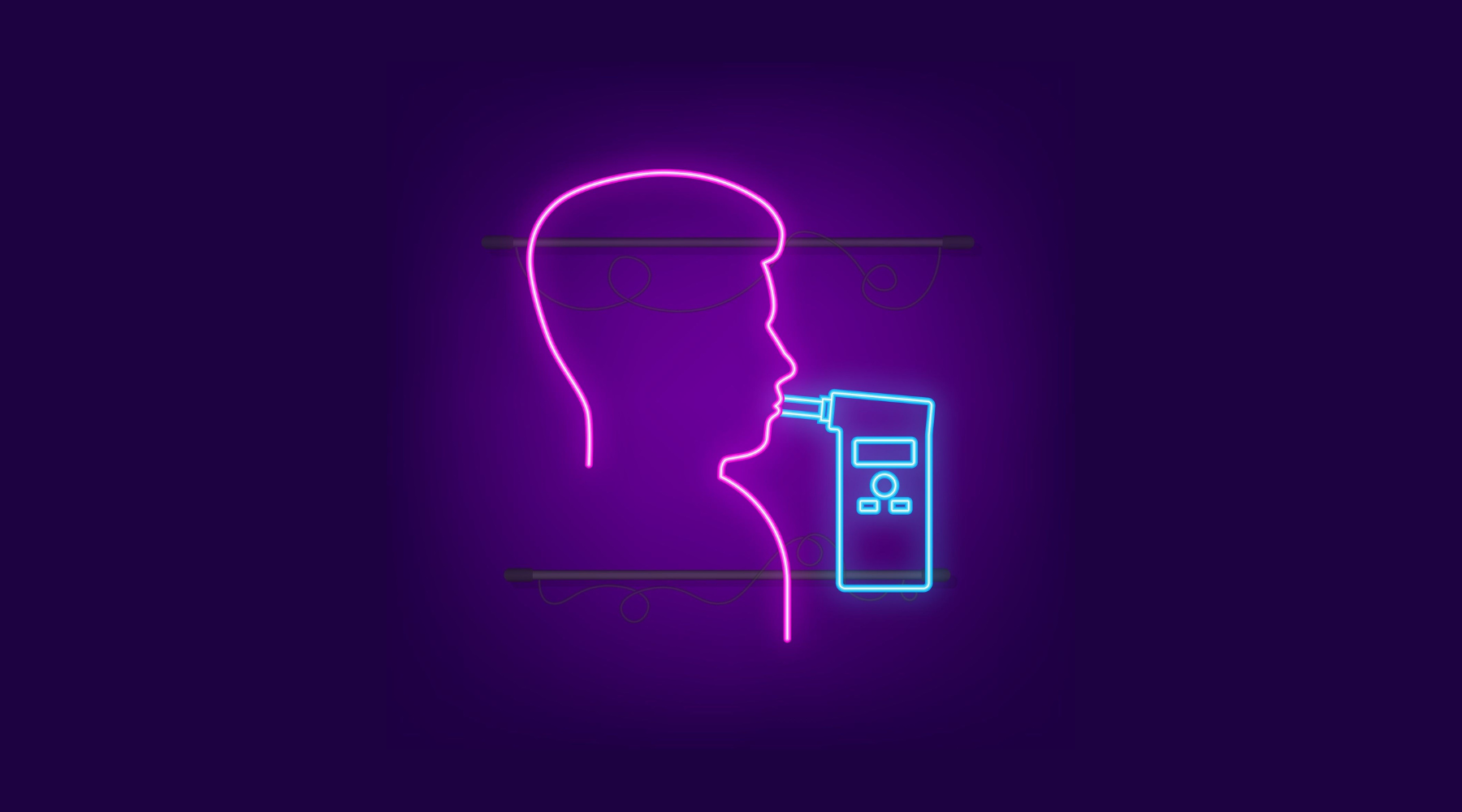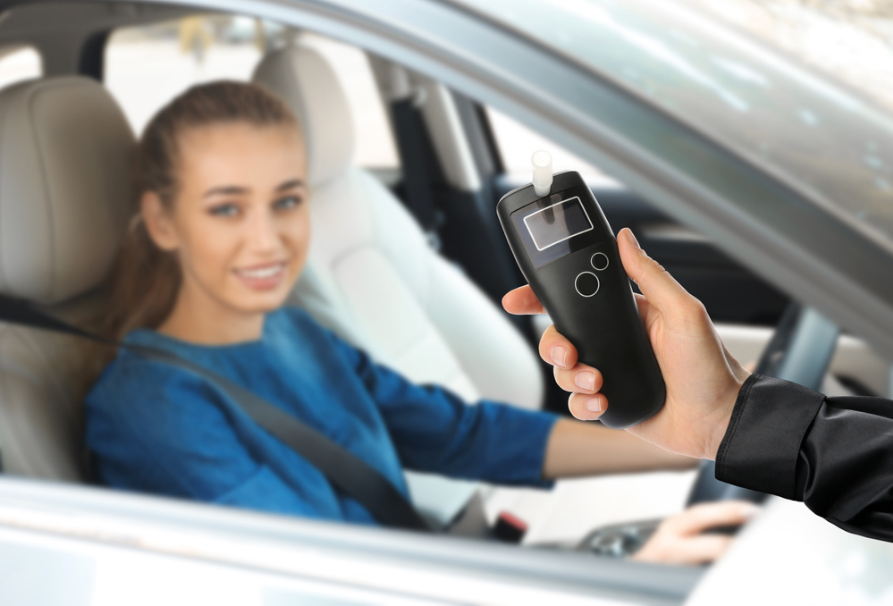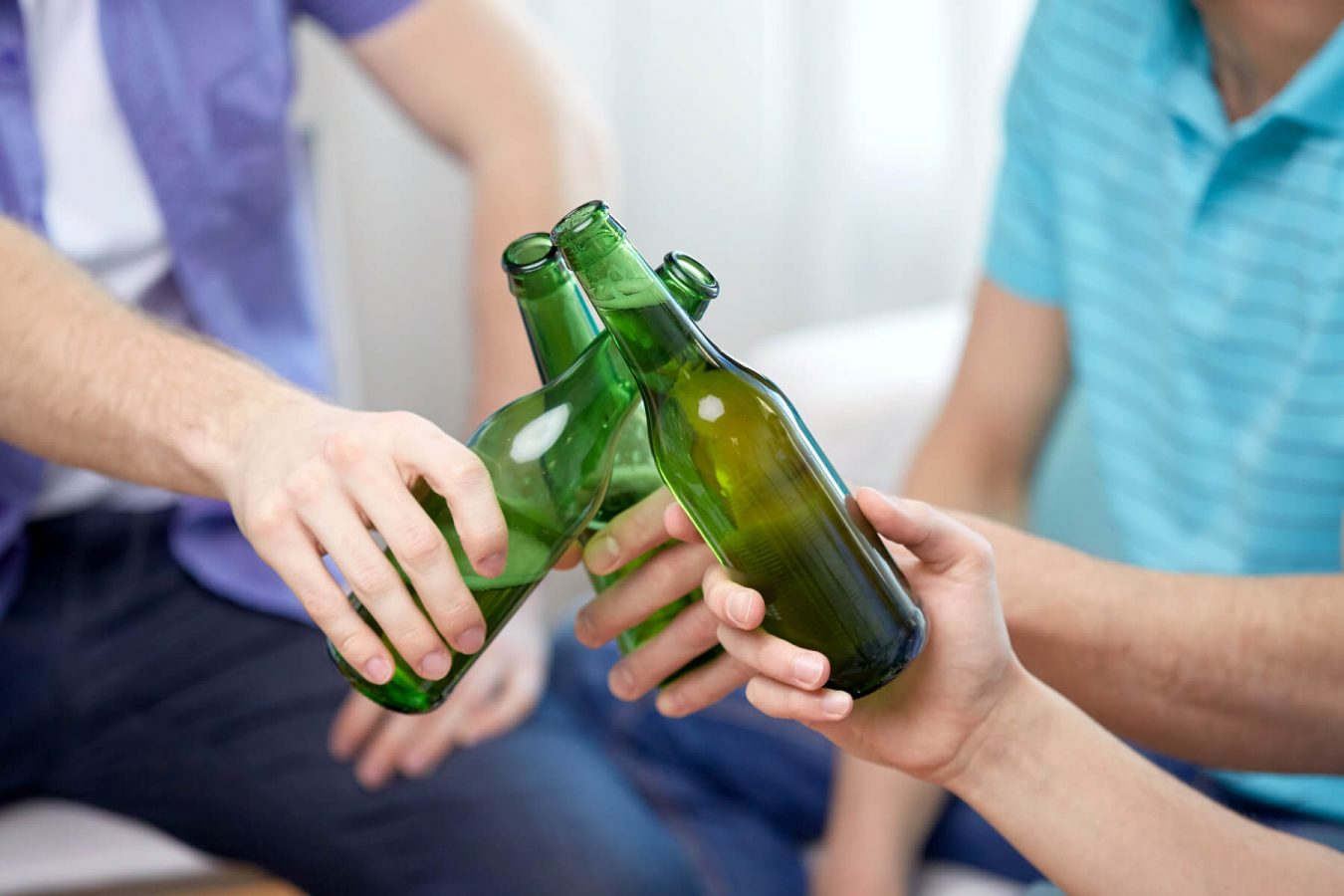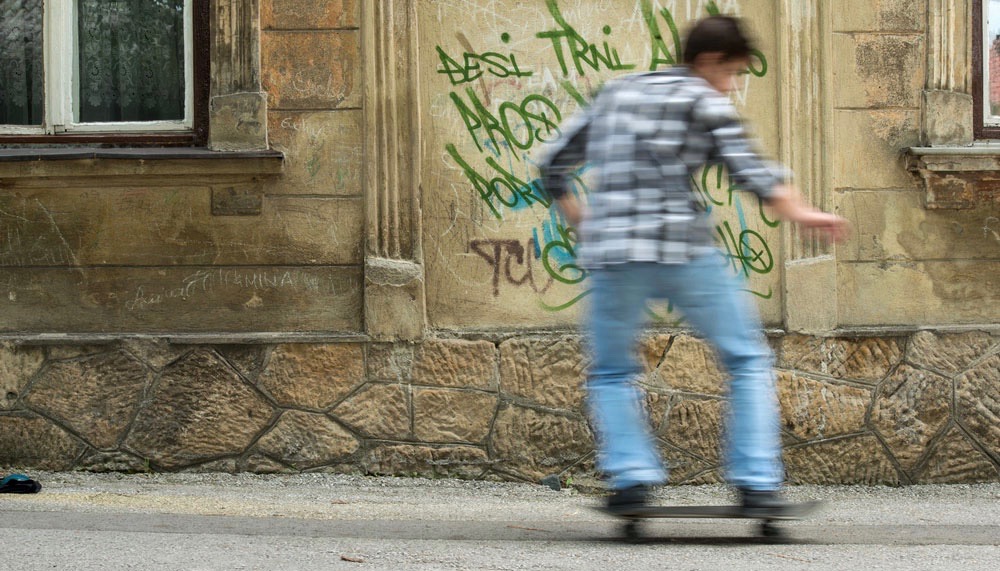
Our younger drivers will be out and about with the upcoming summer season. Here drug education expert Paul Dillon shares his tips on what your P-plater needs to know about random breath tests and breathalysers.
As we head into term four, many young people will begin to socialise more with parties and end-of-year gatherings – plus we can look toward the end of year school holiday break – and with that, we’re going to see an increase in police presence on the roads in an effort to prevent senseless tragedies from occurring.
Random breath testing (RBT) units will be stationed on roads across the country and if you have a young driver at home, it’s highly likely that they will be pulled over and breathalysed in the weeks ahead. For as much as it is called ‘random’, in reality, very few P-platers manage to drive past an RBT unit and not get ushered into being tested.
Victoria was the country’s first state to introduce RBT in 1976. It was then introduced across Australia in different jurisdictions during the 1980s (e.g., NSW in 1982, Tasmania in 1983 and Queensland and WA as late as 1988). Since then, trauma from fatal crashes involving alcohol has dropped, e.g., in NSW it has fallen from about 40 per cent of all fatalities to the 2017 level of 15 per cent. It’s a strategy that works and, unlike speed cameras (which some people regard as a ‘revenue raiser’), it has wide community support.
Most young people have had some experience with RBT before they start driving.
They’ve either been in a car when their parent or other adult has been pulled over and breathalysed, or they have simply watched the program RBT (which by the way I recommend every parent should watch at least once with a child who is either just about to, or has begun driving). Young drivers have a general understanding of what will happen, but nothing ever prepares them for the first time they get pulled over and asked to blow or talk into that machine.
What to be aware of
I have written previously about all the things that can cause an L- or P-plater to fail a breathalyser even if they haven’t consumed alcohol, but there are also some other things that P-platers, in particular, should be aware of around being breathalysed and RBTs.
Many of the things listed below are not necessarily written down in police manuals, but they are based on my conversations with young drivers and police officers about their experiences in this area over the years.
- There are two ways you can be breathalysed. Firstly, an RBT unit where there will be a number of officers present, hand-held breathalysers and a ‘booze bus’. The second way is more likely to happen to a P-plater than a full-licence holder (although it can happen to anyone, particularly if they are driving in a dangerous way) and that is being pulled over randomly by a police officer. P-platers, due to their inexperience, are viewed by police as being ‘high-risk’ drivers and, as a result, they are far more likely to get pulled over in this way and asked to provide a sample of their breath.
- Although police don’t have to give a reason for pulling you over and conducting a breath test, when they do, it’s usually because of something about you, your driving or your car that has attracted their attention. If you’ve broken the law, it makes perfect sense why you’ve been pulled over but in many cases, young people are quite surprised with what has led to them being breathalysed. Some of the reasons that have been given to them include having your headlights on high-beam or simply not having them on at all, going around a roundabout twice and the most likely one for young men, playing their music too loudly. Police have told me that they have pulled over P-platers because of the car they’re driving (‘hotted-up’ vehicles and luxury brands like BMW’s and Mercedes driven by P-platers are more likely to be targeted). Drivers who wear hoodies over their heads are highly likely to attract police attention and, most importantly, the positioning of a P-plate and whether it is damaged in any way can also lead to a young driver being pulled over and breathalysed.
- If you are stopped, the only information that you are legally required to give an officer is your driver’s licence which contains your name and address. That said, if they are just asking you about your night and the plans you have, just answer them – it’ll be easier. If you decide to be difficult and not answer any further questions, you could be charged with an offence such as disobeying or contravening a police officer’s direction. It is so important to remember that an RBT should be a very quick process. Even if you are pulled over randomly and a few more questions are asked, you should be on your way in a matter of minutes. Be polite and respectful – it’ll get you so far!
- If you have not been drinking and fail the preliminary test, don’t panic. The officer would have already asked you whether or not you had had anything to drink – if you told them you hadn’t but got a positive test (particularly if it is a very low reading), they will most likely ask you to wait a few minutes and then submit another breath sample. Police are aware that there are many things that can cause a P-plater to fail a test. If you have been respectful and polite, they are likely to do their best to resolve the issue. I’ve met a couple of young women over the years who failed the test four or five times before finally passing.
- Don’t have alcohol in your car. In most jurisdictions (although it can be extremely difficult to establish exactly what the law is in this area), if you’re 17-years-old and driving, you’re not allowed to have alcohol (opened or unopened) in your car. If you have someone who is 18 or over in the car with you, that should be fine but as a general rule, no matter what age you are, if a police officer sees alcohol in your car when you are pulled over, it is likely to change your RBT experience. They may ask a couple more questions about your night, where you’ve been or where you’re going. My advice is that if you’re carrying alcohol in the car, put it away. If you have a carton of something, put it into the boot and, when it comes to bottles, just put them into a bag of some sort and close it up.

Six things to remember
Now that can be a lot for a P-plater to get through, so to summarise the six simple things that P-platers need to remember are as follows:
- You are more likely to be pulled over randomly by a police officer and breathalysed than full-licence holders – this is because you are seen as more ‘high-risk’ due to your inexperience. Be prepared that this is likely to happen and it doesn’t necessarily mean you have done anything wrong.
- Simple things can attract the attention of police and lead to you being randomly pulled over and breathalysed – playing loud music, not having your lights on, driving too slowly, wearing a hoodie over your head, etc. Try to be as bland as possible!
- Check the condition of your P-plates and where they are placed – make sure they’re not damaged or the colour is wearing off. Most importantly they must be able to be clearly seen. Stand next to your car and take 20 steps back – can you see the entire plate and lettering?
- First impressions count – when an officer approaches the car window, have it wound down and be polite and respectful. Police are used to dealing with criminals and when a young person greets them in a positive way, it is likely to make such a difference as to what happens next.
- If you haven’t been drinking and fail the preliminary test, don’t panic. Police know that there are other things that can cause a P-plater to blow over 0. If you’re polite and respectful, they’ll do their best to try to work out what has happened.
- Don’t have alcohol laying around in your car – if you’re 17, that’s likely to be illegal and even if you’re 18, it attracts the attention of police if you get pulled over. If you’re 18 or older, put it away – having a bottle of something rolling around the backseat of your car is not a good look!
About Paul Dillon
Paul Dillon is the Director and founder of Drug and Alcohol Research and Training Australia (DARTA). With over 30 years of experience working in the area of drug education, he is passionate about ensuring that the community has access to accurate and up-to-date alcohol and other drug information.
This is an edited version of the article that originally appeared on the blog Doing Drugs with Paul Dillon.
Like this post? Please share using the buttons on this page.


